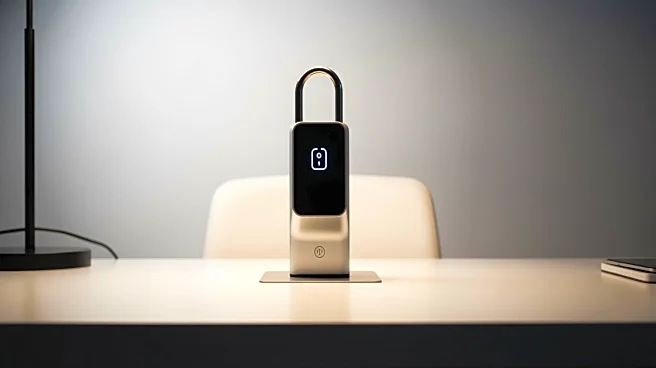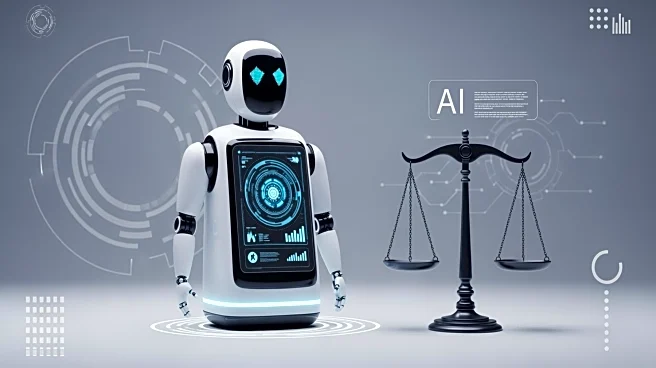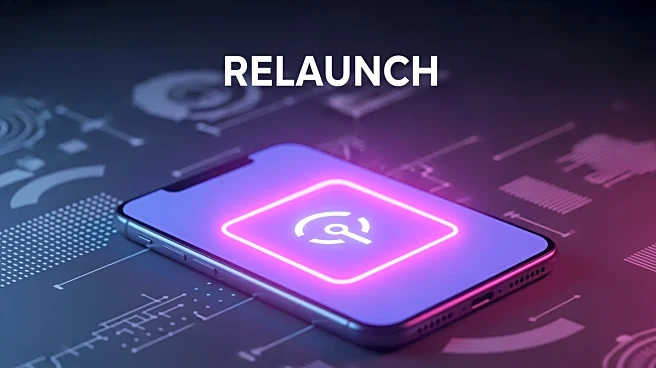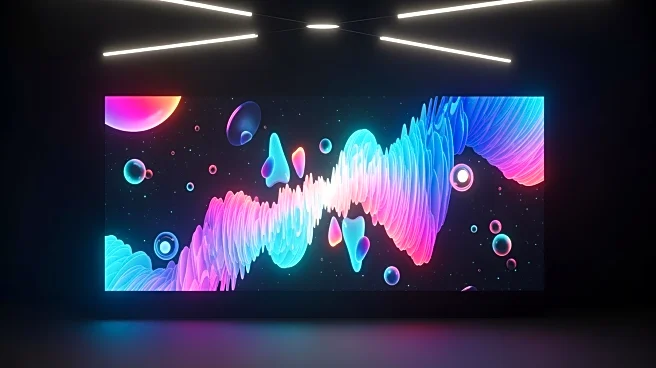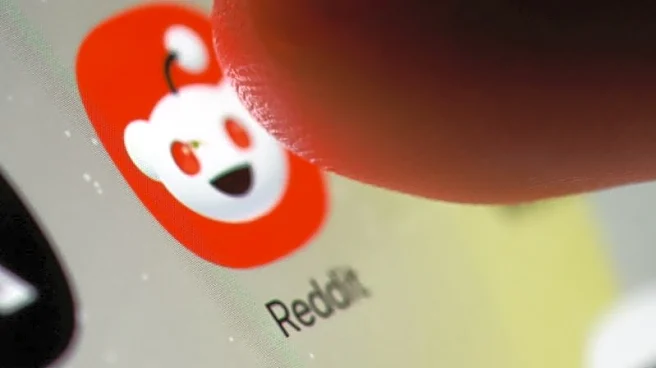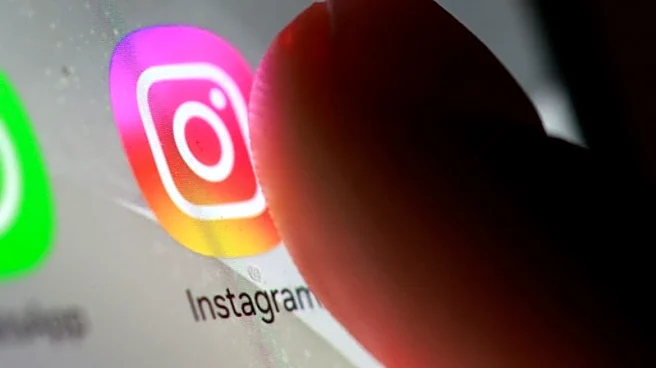What's Happening?
YouTube has expanded its AI age verification system, impacting a new wave of users. Initially announced in July and implemented in August, the system restricts access to certain content for users under 18. Users can either accept these restrictions or verify
their age using an official ID, a selfie for age estimation, or a credit card. The restrictions include blocking age-restricted videos, showing non-personalized ads, and enabling digital wellbeing tools by default. This move aims to ensure compliance with age-related content regulations.
Why It's Important?
The implementation of AI age verification by YouTube is significant as it addresses concerns about minors accessing inappropriate content. This system could set a precedent for other platforms, influencing how digital content is regulated and accessed. It also raises privacy concerns, as users must provide personal information for verification. The move could impact YouTube's user engagement and advertising revenue, as restricted access might deter younger audiences. Additionally, it highlights the growing role of AI in content moderation and user management.
What's Next?
As YouTube continues to roll out this system, reactions from users and privacy advocates are expected. The platform may face scrutiny over data privacy and the effectiveness of AI in accurately verifying ages. Future updates or adjustments to the system could occur based on user feedback and regulatory requirements. Other platforms might observe YouTube's approach and consider similar measures, potentially leading to broader industry changes in content access and age verification.
